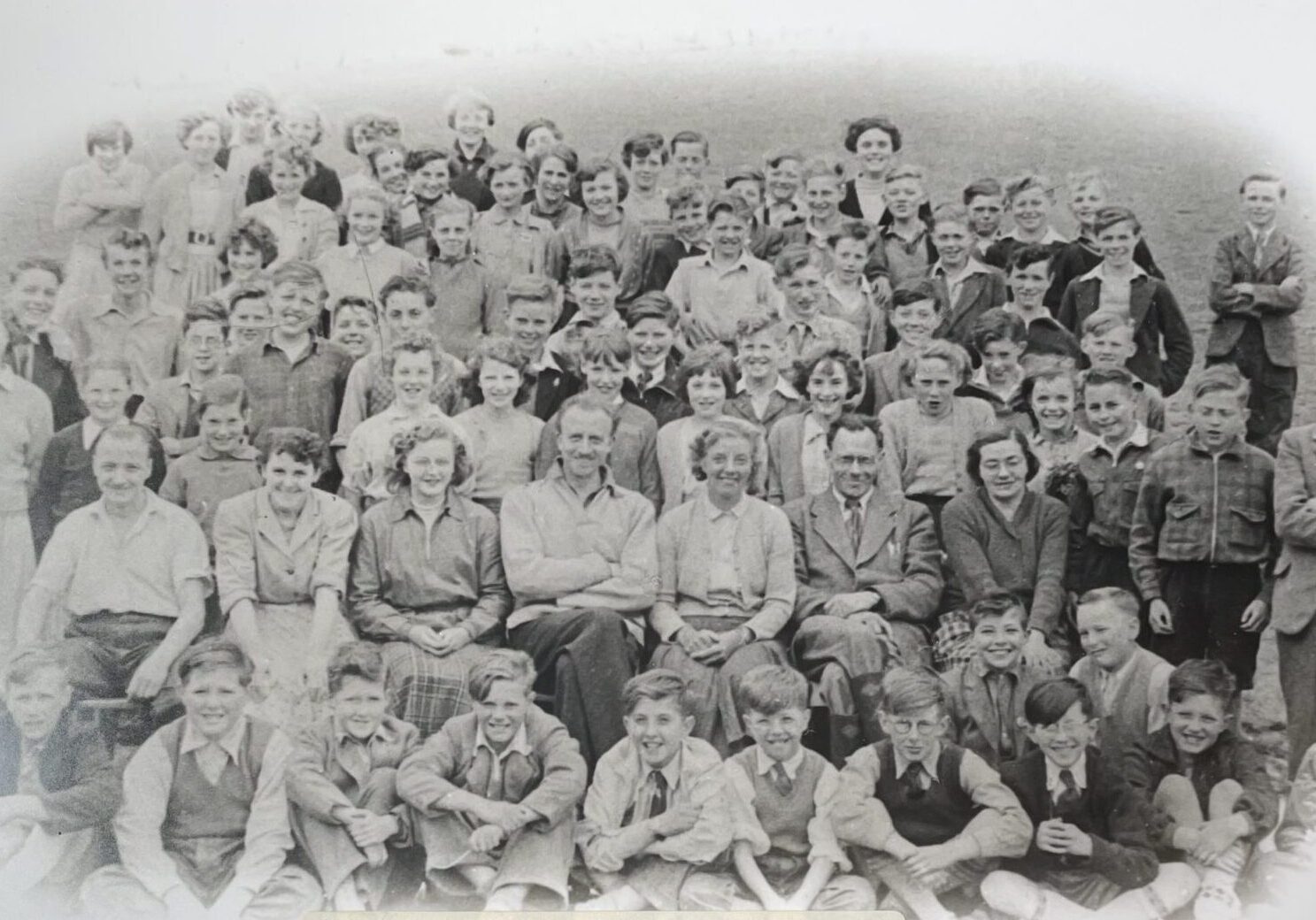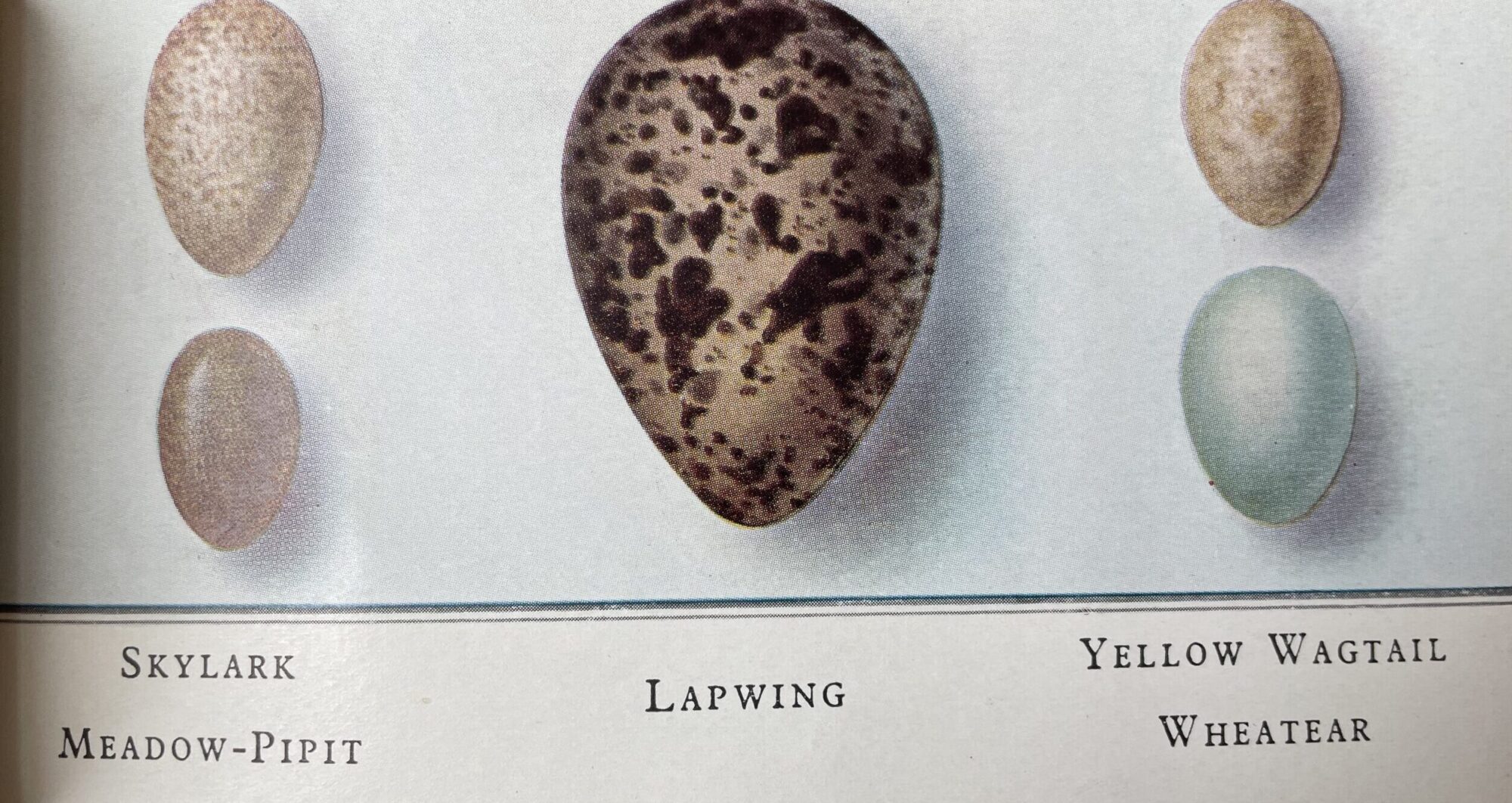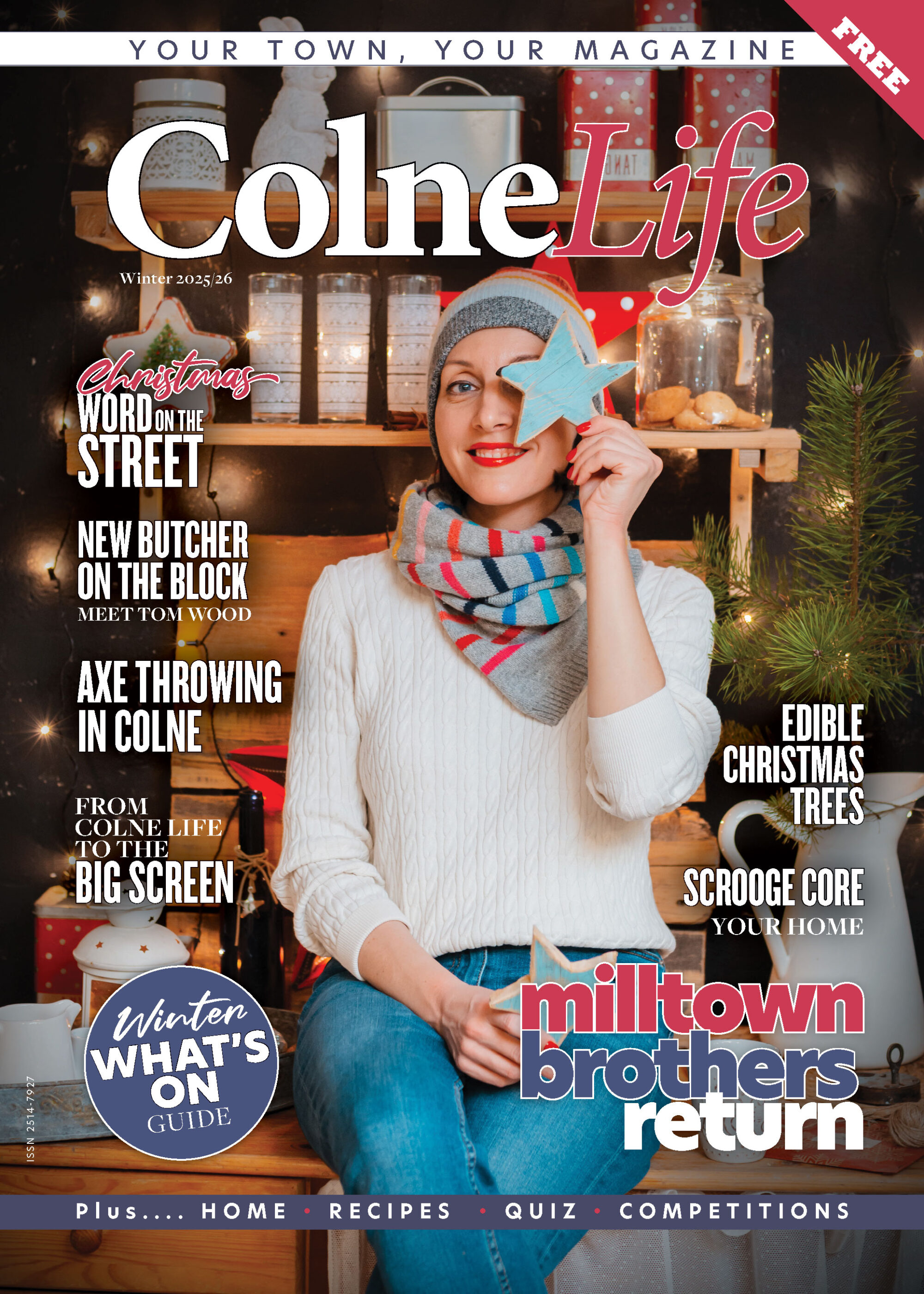
Geoff Crambie Remembers Whitehough Camp School
by Colne Life magazine
On the descent, they heard the call of a skylark for the first time.
A child’s first trip away from home is a huge milestone. For many kids—and their parents—a week away with school is both exciting and a little nerve-wracking. While today’s school residentials are packed with high-energy activities like raft-building and zip-lining, Geoff Crambie recalls a simpler, more back-to-basics experience.
In late summer 1954, 11-year-old Geoff set off to Whitehough Camp School (now known as Whitehough Outdoor Centre) with his new classmates and teachers from Primet Secondary Modern School. Designed to help children transition into secondary school, the week-long trip was held in the Pendle countryside and cost a hefty £5—a considerable sum at the time.
“I heard an owl for the first time. I thought it was a wonderful sound!”
Opened in 1939 by Nelson Town Council, the camp was run by Ken Oldham, a passionate outdoor educator who dedicated his life to sharing the joys of nature with young people. Oldham even authored the first guide to the Pennine Way. Known for skipping school himself as a boy, Ken believed children learned best outside the classroom. At a time when outdoor education was largely reserved for public school pupils, he brought this experience to working-class children in Lancashire.
“It was like going away to boarding school,” Geoff remembers. “The first years stayed in a dormitory, while the second and third years camped in tents on the grounds.”
Although the first night away from home can be daunting, Geoff was captivated by his new surroundings. “I heard an owl for the first time. I thought it was a wonderful sound!”
However, the peaceful countryside sounds didn’t last long. Inspired by the eerie sci-fi series The Quatermass Experiment, the boys in Geoff’s dorm recreated the show’s chilling soundtrack, sending Geoff into a panic, convinced aliens were about to descend.
Surviving his first night, Geoff turned his attention to a new mission—securing a spot next to schoolmate Elaine Foster at the evening campfire. “She was a bonnie girl, so I wrote her a little note: ‘Will you come to the campfire?’”

Geoff and the harmonica he played at the campfire.
Elaine never replied—but the class bully, Rendell Shorten, found the note. “He fancied Elaine, too, and he beat me up! I ended up with a black eye, a bleeding nose, and broken glasses.”
An older boy stepped in to stop the attack, and the camp’s cook and caretaker patched Geoff up with sticky tape on his glasses and a cleaned-up nose. But the black eye remained. Staff encouraged Geoff to report the incident, but he was too afraid.
The prank worked perfectly, sending the girls screaming into the night.
“Ken Oldham had warned us at the start of the trip: any trouble, and you’d be sent home.”
Thankfully, things improved. That afternoon, Geoff joined pals David Bolton and Roger Cookson on a nature expedition led by Mr. Brindle, the biology teacher.
“Wildlife was much more abundant back then—we saw everything! We caught 40 moths, spiders, ladybirds, and a giant, blue dragonfly. David nicknamed it the ‘crumble-crowned-Crambie-fly,’ and I was known as ‘Crumble’ for the rest of school.”
The boys weren’t done with their mischief. Discovering a hedgehog under a tree, they secretly placed it in a tent occupied by older girls—specifically, in Pat Croasdale’s bed. The prank worked perfectly, sending the girls screaming into the night.
It also technically broke the camp’s number one rule: no two people in one bed. This inspired a cheeky song sung around the campfire, poking fun at the camp’s strictest rule and their teacher, Miss Fanny Briggs:
There’s a legend in the camp
(In this camp)
That’s why Fanny has a lamp
(Has a lamp)
Then one day, a beetle in her bed
This is what she said:
(She said)
Naughty beetle, go away
(Go away)
I’m afraid you cannot stay
(Cannot stay)
Remember what Ken Oldham said:
‘No two people in one bed’
(In one bed)
Evenings were filled with songs by the fire, with Geoff playing along on his mouth organ. Each day, a different teacher took the group out for activities. Mr. Peel led them up Pendle Hill, pointing out the Roman road that winds around it. At the summit, the children added stones to a cairn in an effort to help Pendle Hill reach official mountain status—it was just 53 feet short!
On the descent, they heard the call of a skylark for the first time.
Art teacher Miss Briggs took the children to Roughlee Hall to sketch the former home of Alice Nutter, one of the women accused in the infamous Pendle witch trials. The kids sat in the sun, drawing and laughing, sipping Tizer and cream soda. David Bolton won half a crown for the best sketch, which he used to buy bottles of pop and Seabrook crisps for the group.
Mr. Brindle also took the class bird-nesting, a practice now illegal. “We found six nests, including a song thrush egg—light blue with black speckles—and a lapwing egg. I knew it straight away because I’d been collecting eggs for a few years.” In recognition of his knowledge, Mr. Brindle gave Geoff a bird’s egg identification book. “I was chuffed,” Geoff beams.

Geoff’s bird identification book
In 2016, Whitehough Camp School faced closure, threatening to end a legacy of outdoor education that had inspired generations of Pendle children. Thankfully, Burnley FC stepped in to save the site. Now run as the Whitehough Outdoor Centre, it continues to provide memorable experiences for children today.
ColneLife Sep/Oct/Nov 25




